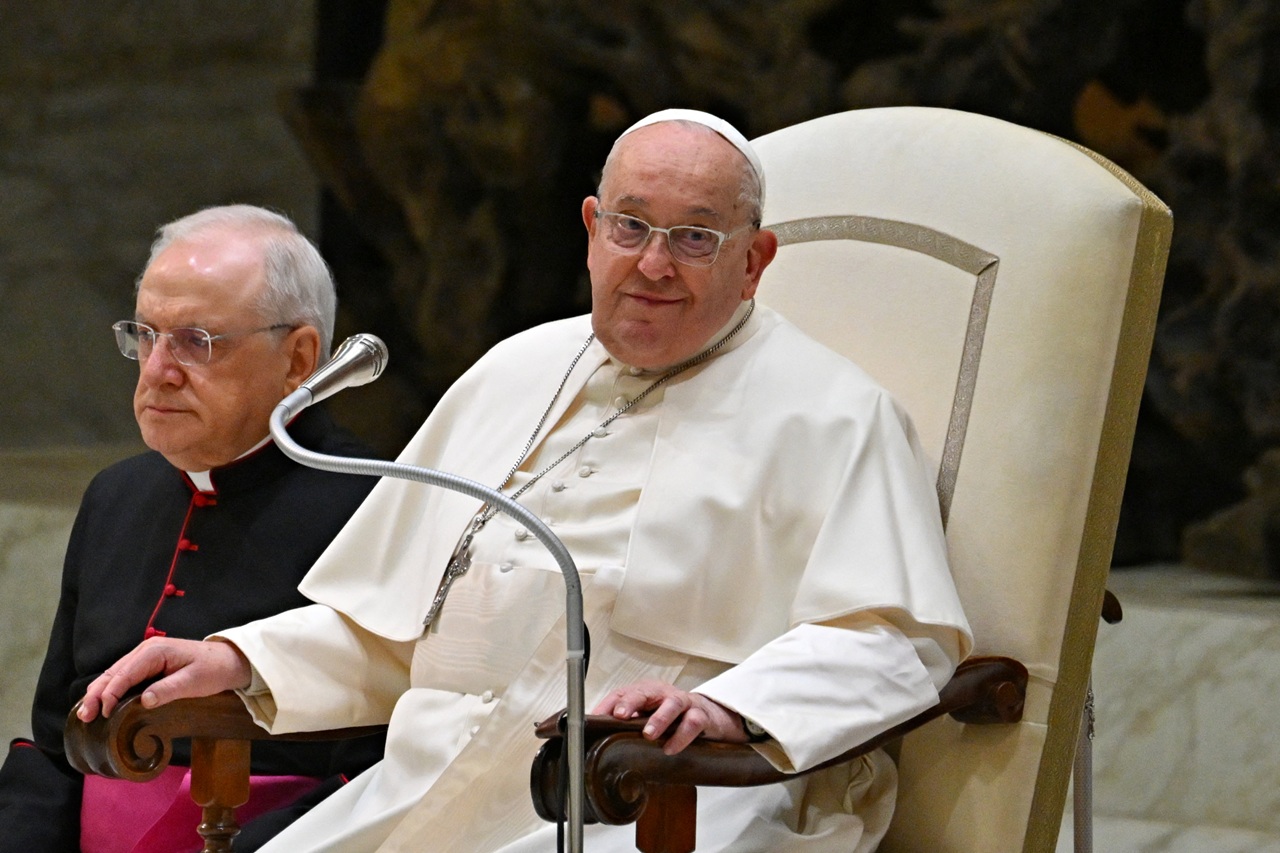
Love, art and madness: Nise da Silveira, the explorer of the Brazilian unconscious
A Jungian and Marxist, da Silveira was a psychiatrist who opened the Museum of Images of the Unconscious in Brazil. Her story reminds us that art is more…
She spent 18 long months in prison because a nurse at the hospital where Dr. Nise da Silveira worked found something very subversive in her locker: Marxist books. Pushed underground for eight years, returning to the psychiatric centers of Rio de Janeiro was a painful awakening for the journalist's daughter, who traded the piano for a white coat and found company among the mentally ill. It was inevitable da Silveira would be indignant about the brutalities she witnessed: electroshock treatments, lobotomies, straitjackets, psychosurgery... She questioned: Did her colleagues intend to help the sick get better or did they intend to put an end to them?
The only salvation for this tiny but stubborn and energetic woman was to work in the forgotten division of Occupational Therapy, a non-verbal psychotherapy for psychosis patients that up to then, consisted of rehabilitation by cleaning and maintenance tasks. Suddenly, her art and painting workshops became so famous that her patients not only seemed better, but created works coveted by the Museum of Modern Art in São Paulo.
For her, both contact with animals and creativity were the best tools to help patients release the unconscious and reconnect with reality in a safe environment. The artistic creations of her patients became substantive material on the images of psychosis. They were such a breakthrough that in order to study and preserve the work, da Silveira came up with something unusual. In 1952, she created the Museum of Images of the Unconscious that today intakes 350,000 pieces of all kinds.
A map of the individual and collective unconscious of Brazil.
Not content with that, she founded a revolutionary clinic called Casa das Palmeiras four years later. There, former patients of psychiatric centers could come to develop their creativity in the structure of an artistic residency or free art school.
RELATED CONTENT
But the most important moment in her career was meeting the father of analytical psychology, Carl Jung, whose theories about the collective unconscious and the language of symbols became the basis of her research and helped her understand how the use of certain figures and colors were repeated in the work of her patients.
Correspondence with Jung, as well as a first meeting in Zurich, where the psychiatrist opened an exhibition entitled 'Schizophrenia in Images' with works from the Museum of the Unconscious during the International Congress of Psychiatry, led to international recognition of Nise Da Silveira's work.
She was a woman always warned of the dangers of over-healing:
"People who are too healthy are boring people. Everyone is a little crazy," she said, "so live your imagination, because it is our deepest reality."
And also:
"Only crazy people and artists can understand me."
In 1999, Nise da Silveira died in Rio de Janeiro at the age of 94. Her work, like good art, resists the passage of time.











LEAVE A COMMENT: